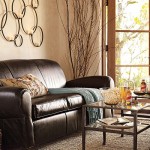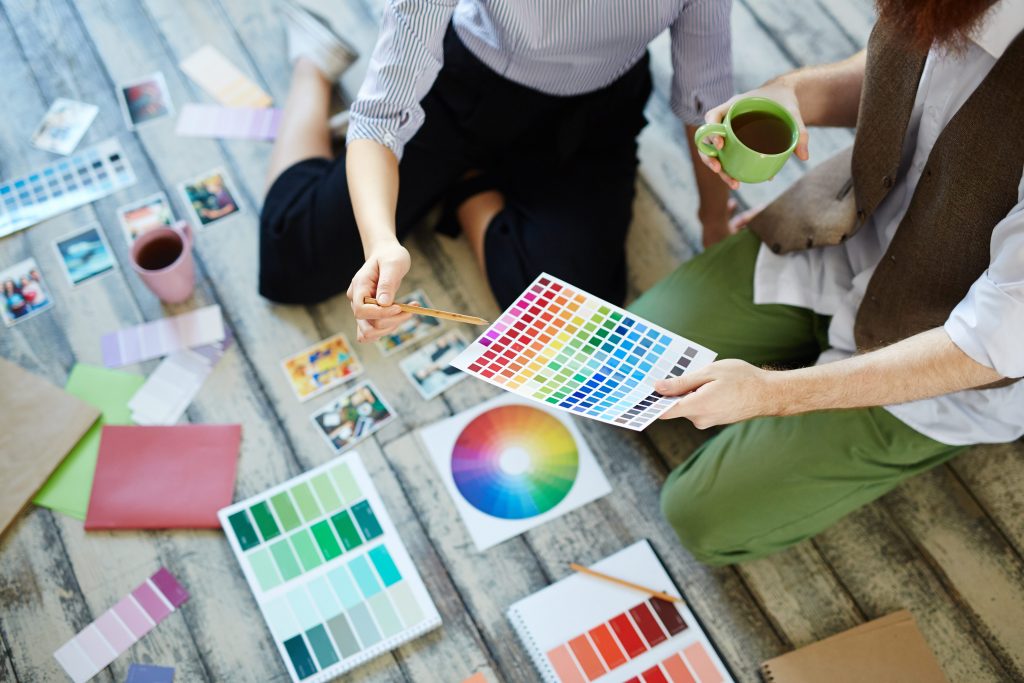 Leftovers. We all usually have them when we do some new decorating in our homes. Typically, it’s a rare occurrence when someone gets to decorate a room without such limitations. What I mean is this: normally, there’s always something that’s going to “carry over” into your new decorating. Not often are you completely removing and replacing everything: carpet, bedding, wall hangings, furniture. Usually, some of these items remain and these things, in a sense, tie your hands. They limit your creativity. They limit you. Or do they?
Leftovers. We all usually have them when we do some new decorating in our homes. Typically, it’s a rare occurrence when someone gets to decorate a room without such limitations. What I mean is this: normally, there’s always something that’s going to “carry over” into your new decorating. Not often are you completely removing and replacing everything: carpet, bedding, wall hangings, furniture. Usually, some of these items remain and these things, in a sense, tie your hands. They limit your creativity. They limit you. Or do they?
In reality, (and against what seems like common sense), these limitations usually make it easier for you to come up with a decorating scheme. And the reason is simple: when you’ve got no limitations, no boundaries, then that means that everything, every color, is fair game. And many times, this utter freedom results in a paralysis. There are so many colors we could choose that many folks have no idea where to start. Nothing is off the table and so, as a result, we’ve got thousands of options that leave us spinning our wheels.
However, when you’ve got limitations–when you have furniture you need to work around, or carpeting–you find yourself with a starting point. Suddenly, there aren’t 3,000 colors available to you. Instead, you’re down to a few hundred at most. This makes choosing much, much easier.
Here’s an example to prove the point:
Imagine two scenarios. In the first one, let’s say that you have a blank slate. You are remodeling a bedroom and you’re replacing everything. No color is off limits. You can pick and choose any combination you want. So you walk into RepcoLite and immediately you’re confronted with a display of over 3000 colors. However, before you pick even one of those colors, remember something: the colors need to match the bedspread you haven’t purchased yet. Also, they need to work with the furniture you don’t own yet. And the carpet you haven’t even shopped for. Now, of course, you could start with the carpet and the furniture, but remember that these things are going to have to end up working well with paint colors you really like.
Now, even with this brief look at the complete room-remodel project, we can see that while it’d be fun to start from scratch, it would also be complicated. It’s not hard to see why some people get so frustrated and tense when they find themselves in this position: every decision impacts another and nobody wants to make any mistakes. So, often, what happens is a form of paralysis. A slow, tense process of decor and furniture and color and carpet selections.
OK, now imagine the second scenario: you’re remodeling a living room. But in this case, you absolutely HAVE to keep the hand-decorated, crazy throw pillows that your Great Aunt Mill hand-stitched for you. They have such sentimental value that while everything else can change, these pillows need to be incorporated in the new room.
Now, in this situation, you’re limited . . . but watch how this limitation helps you almost instantly narrow your color possibilities. When you bring the pillow to RepcoLite, we’ll look at it and we’ll start pulling colors that will work. Likely, we’ll present you with some options similar to these:
Rather than find yourself staring at a seemingly endless array of colors and color combinations (as you have in scenario 1), this time, you find yourself faced with a smaller palette of colors. You have purples, blues, tans, yellows, reds and greens to work with. And not just ANY purple or ANY green–no, the color options are very specific if they’re going to match your Aunt Mill’s pillow.
From here, it’s just a matter of sorting through the colors available and selecting the ideal scheme to coordinate in your home. No frustration . . . no painstaking hours spent staring at 1000’s of colors. Quick. Easy. Beautiful.
So, all that to say, don’t be depressed when you find yourself limited by furniture and carpet and even throw pillows from Aunt Mill that are going to remain in your newly redecorated room. Don’t worry that these “holdovers” are going to complicate your decorating and color selection process. They won’t. If anything, they’ll make it easier!






